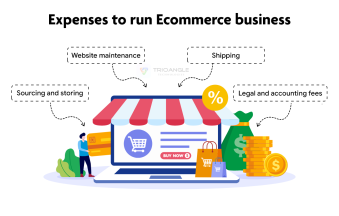Copyright © 2023 XStore theme. Created by 8theme – WordPress WooCommerce themes.
This website uses cookies to improve your experience.
By using this website you agree to our Privacy Policy.
By using this website you agree to our Privacy Policy.
Ok, I am ready










